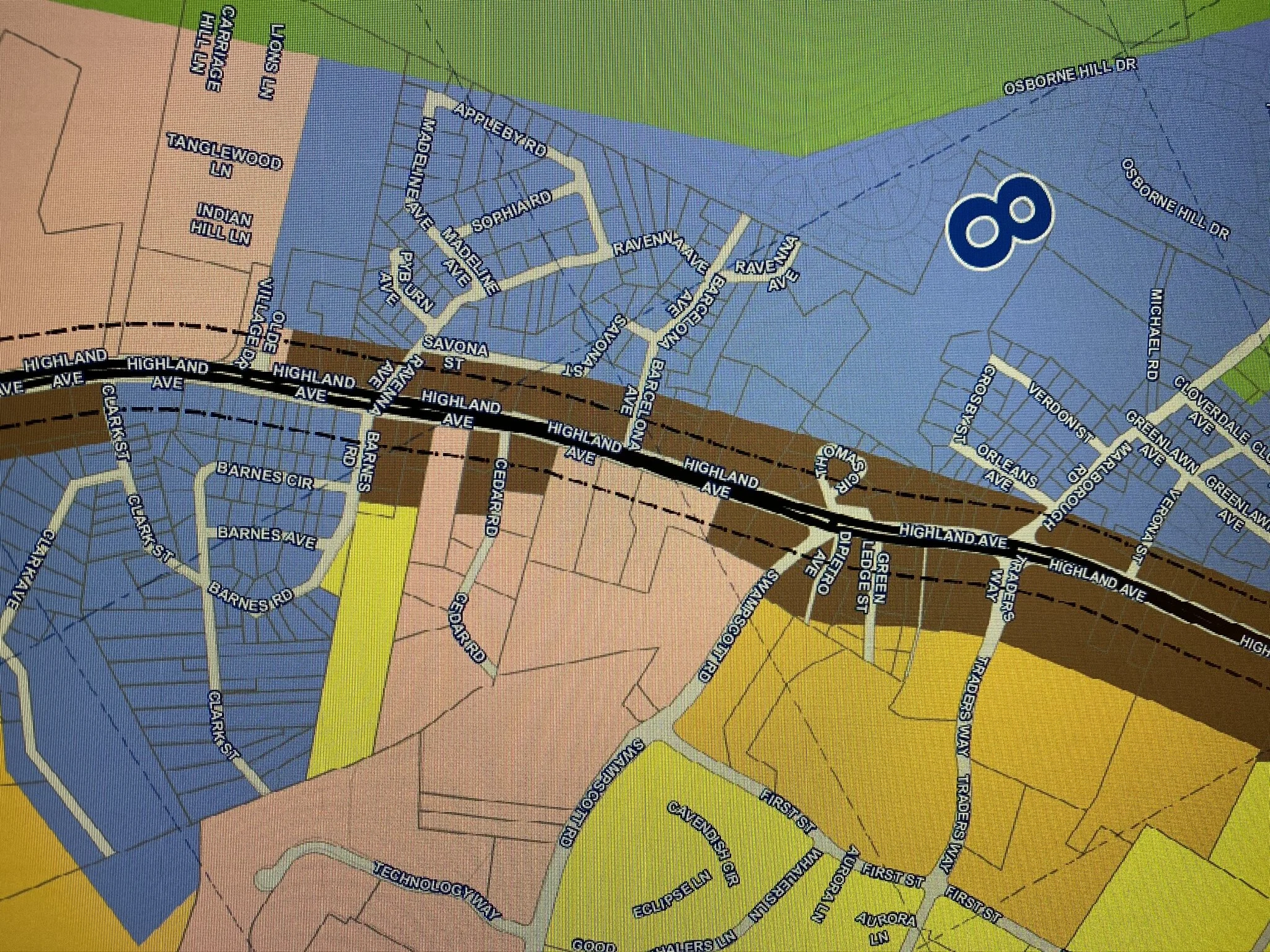Aggregate Industries Community Meeting at Swampscott High School
Google Earth view of Aggregate Industries in Swampscott, MA.
Tuesday evening, January 21, the Earth Removal Advisory Committee in Swampscott held a public meeting to hear from Aggregate Industries regarding blasting noise and damage, dust, and testing they have done in response to community concerns.
Speakers included Kurt Hine, Northeast Operations Manager; Pete Bennett Division Manager from Maine Drilling and Blasting; and Ken Smith Blasting Technical Supervisor from Maine Drilling and Blasting. Most of the presentation was done by Ken Smith, who explained the science behind blasting.
A little background on Aggregate Industries: they are owned by a UK company LafargeHolcim Ltd, “a leader in the building materials industry”. Aggregate operates six quarries in Massachusetts, and the Swampscott quarry is one hundred years old. One million tons of materials are removed from this site per year for use in the construction industry. Demand for their product is high right now, and will be for a few years. The bottom of the quarry is 220 feet below sea level right now.
Most of the work in the quarry will be in a very large section on the Salem side. They are going down a level, which had required deep blasting over the summer. This blasting caused many complaints from both Salem and Swampscott neighbors, and resulted in an agreement to limit the blasts to twice per week starting at the end of October.
Ken Smith discussed the physics of blasting, focusing on ground vibration and air over-pressure, or the response in the air to the blast, which sounds like distant thunder. He spoke about how they use state of the art explosive devices, which use electronic initiation to detonate charges, instead of gun powder initiation, which eliminates the initial small blast before the explosion while giving them more control. He pointed to studies of blast damage to structures, which found that lathe plaster is the most susceptible to vibration, and therefore blasting code uses plaster lathe as the safety standard. Massachusetts has very strict blasting standards, and the company is in compliance with these standards.
The community had questions about the dust from the quarry, what it contains, how the company plans to control it, etc. Aggregate did a study of the dust, and found no meaningful difference in dust particles before and after a blast. They plan to continue monitoring dust this year. The mineral composition of the dust was analyzed directly from drilling into the rock. They didn’t find any cancer causing materials in the rock. Drillers in the quarry wear a monitor to measure dust exposure. Drills have dust control systems using water to keep the dust down. They asserted that it is so effective that drillers don’t need to wear masks.
Work has been going deeper in the quarry over the past six months, which resulted in deep blasting, causing vibrations which were too high. They cut the depth in half and will stage the work to get to the new depth.
A dust analysis was done by a third party company, Tech Environmental, which found most dust was occurring at night. They did not find much difference between particulate levels before and after blasting. There were questions about the validity of the testing because of the wind levels during the test, which could have skewed the results. This pointed to a need for testing in different locations at once, to avoid wind issues.
The overall message from Aggregate seemed to be that they are a good neighbor. There is no way to tell if the dust that direct abutters are experiencing is from the quarry or from something else. One neighbor pointed out that every day she wakes up to a coating of dust in her yard, which is new over the past year. Another person stated that they stood in the cemetery during a blast and was able to clearly see a cloud of dust rise up and travel through the area. While the company has samples of the dust, they have not done speciation testing to determine the origins or fingerprints of dust in neighboring properties.
I spoke with Kurt and Pete after the meeting, and they invited me and fellow council members and members of the public to tour the quarry. I will be setting this up in the Spring, so please let me know if you are interested.
I also spoke with John Picariello, chair of Swampscott’s Earth Removal Advisory Committee (ERAC). ERAC is responsible for granting the annual permit to Aggregate Industries for their work. They are trying to find solutions to the blasting and dust issues that seem to have gotten much worse during the past year. I will stay in contact with them.



